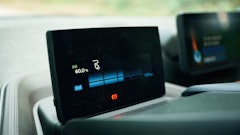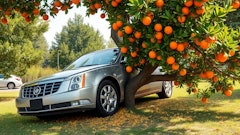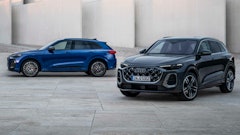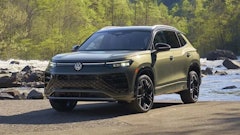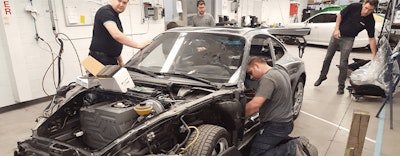
Lead the charge
BY MAX REID
It’s often hard to know you’re at a turning point in history until well after the corner has been turned. Technology continually accelerates and progresses while seamlessly integrating into our daily lives without a thought.
But like the race to the moon and the advent of the assembly line before it, experts from across the automotive industry are warning of the signs of an ongoing technological arms race over the electric vehicles (EV) market and how that could change the way collision repairs are done forever.
“All of these OEMs are playing catch-up to each other right now and it’s almost like an arms race. They’re all trying to out-do each other—I’ve never seen so much tech evolution in this industry in its history.” said Mark Millson, director of operations at Excellence Auto Collision in Toronto, Ontario in an interview with Collision Repair.
“I really kind of equate the change we’re seeing now to when the Model-T rolled out. There was everyone sitting there going, ‘Ah that’ll never take off,’ and the blacksmiths kept on hammering out horseshoes. Obviously, we know the history.”
Those on the ground floor of collision repair already see change on horizon. “One thing that I find interesting from looking at sales trends is that EV sales seem to be seeing less of a reduction during the pandemic. I think EV sales, for the most part, are still very strong and I think that that shows that the general public has a drive towards green tech and wanting that transition to continue, even amidst uncertain economic times,” said Millson.
Jeff Pabst, general manager of Pfaff Autoworks in Vaughan, Ontario expects EVs to make up a considerable portion of his business in the near future.
“We’re anticipating somewhere in the neighbourhood of 20 to 30 percent of the cars that we repair in the next three to five years will be EVs,” said Pabst.
For Pabst and many others who are starting to see more EVs popping up in their shops, the priority is getting safety guidelines established across the board for OEMs.
“First and foremost, really is safety. Every manufacturer, even between Audi and Porsche, their procedures are all different, even though they are really all under one umbrella. The technology and processes among those brands are different in many cases.”
According to Millson, this again points back to the historical idea of the arms race and each automaker’s drive to develop the leading proprietary electric driving system, but with little consistency between technologies. “One thing that is definitely a carry-over from when we look at traditional combustion engine vehicles to EVs, is how different each OEM is approaching EVs, from a technical standpoint,” said Millson.
He continued, “I think that it is even more paramount now to have OEM documentation and repair procedures and certification, because we’ve always been dealing with the occupant of the vehicle’s safety, during collision repair—that’s always been part of our business. And, technician safety has always been a concern, but of course, it’s even more paramount now when dealing with electrified vehicles. There’s so much more information that needs to be researched prior to even a simple repair.”
Even in the most basic safety procedures technicians are receiving mixed messages from OEMs on how to safely repair their technology.
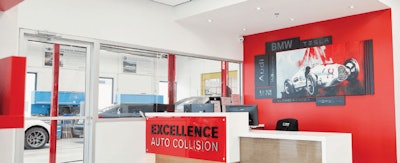
“All of these OEMs are playing catch-up to each other right now and it’s almost like an arms race. They’re all trying to out-do each other—I’ve never seen so much tech evolution in this industry in its history.” – Mark Millson, director of operations at Excellence Auto Collision
“The interesting thing that I find is how the different OEMs are handling what we call, the ‘Power Down Procedure’—isolating the high-voltage to make the car safe to work on. Every OEM has a different procedure on how that needs to happen and what steps need to be followed,” said Millson.
This already frustrating fact becomes all the more so when given that technicians are more than capable of complex work with semielectrified vehicles, as evidenced by years of work on hybrids, and that if a standard was set among OEMs, electric vehicle repairs may in fact be even simpler than their ICE predecessors.
“Hybrids, of course, are the most complex cars that we work on because they are the marrying of combustion and electrification in one car. But, once we go to the 100 percent electric car, in most senses the car actually becomes easier to work on after we understand it. There’s less moving components, there’s no combustion engine, generally there are no turbochargers or intercoolers—there’s so many things that we eliminate from the car that it actually makes it less labour intensive,” said Millson.
The benefits extend outward to the consumer as well, as Millson predicts that this EV wave will help reduce technology costs, and therefore get more Canadians behind the wheels of EVs.
“As these cars become more mainstream and more are on the marketplace, of course the cost of the R&D and technology will go down just due to more mass production. Right now, I think the two limiting factors are probably price points and what consumers consider, ‘range anxiety’. We have cars now that are in-excess of 600 kilometres on a single charge, which is right at what that F-150 gets for fuel mileage, as we continue to prove in the market that EVs are becoming competitive,” said Millson.
He continued, “I think that if we could get an EV to an entry-level price point, I honestly think a lot of customers would take that over [an ICE vehicle].”
For now, shops like Pfaff Autoworks and Excellence Auto are working hard to stay ahead of the eight ball for when this automotive arms race finally comes to a head, keeping an eye on everything the EV market has to offer in the coming years.
“It’s really going to be all about staying up to date on the latest platforms and models that are coming out,” said Millson.
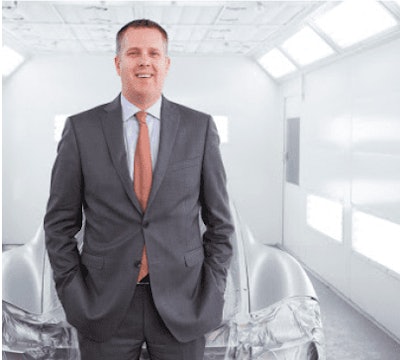
Jeff Pabst, general manager of Pfaff Autoworks Collision expects EVs to make up a considerable portion of his business in the near future.
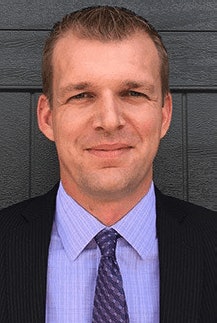
Mark Millson, director of Operations for Toronto’s Excellence Auto, said he’s never seen so much technological evolution in the industry as what we see today.







